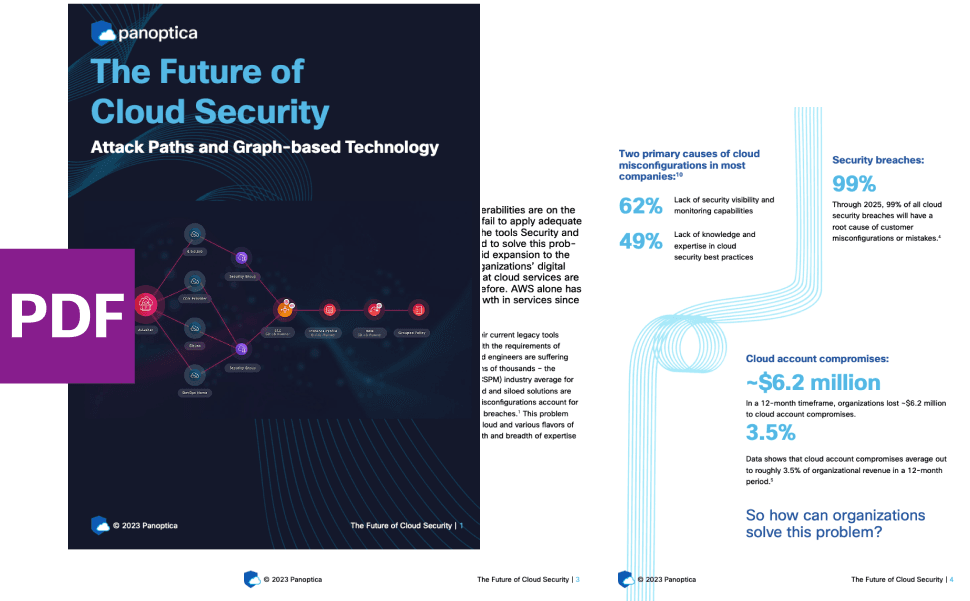This month at Cisco, the Cisco Quantum Lab team hosted the third iteration of the Cisco Quantum Summit. The Summit aims to bring together industry and academic partners to facilitate discussions on emerging quantum technologies and their applications to security and networking. The Summit was an open-access virtual event streamed live on Cisco TV - primarily supported by the Cisco TV team. The interface of the Summit allowed us to interact with the audience, ask questions, and answer them, allowing for a two-way conversation. As our polls indicate, we were joined by a worldwide audience and various experience levels, from experts in quantum technology to those with a novice background.
Day 1 of the Summit was kicked off by Ramana Kompella, head of Cisco Research, highlighting the research results and interests of the Cisco quantum team. Ramana then posed some pressing questions on the challenges faced by the quantum communication community. Jerry Chow, the keynote speaker, introduced the research work on quantum computers performed at IBM. We then heard from leaders of the various quantum network centers worldwide about the efforts in developing the backbone for the quantum internet. The session ended with a very stimulating panel discussion - covering multiple topics, such as the role of quantum networks in sensing, fundamental physics, quantum key distribution, and distributed quantum computing.
Any quantum workshop has to take a sense of the state-of-the-art hardware available, and we covered this topic by focusing on the development of quantum memories, single-photon sources, and single-photon detectors. We first heard about the research advances in diamond defects. Then, switching gears, we had research updates on the developments and applications of single-photon detectors, followed by discussions on integrated photonic devices for quantum applications. The last piece of the session covered the development of multiplexed single photon sources and free space QKD systems. Right before the end of day 1, we found that people were optimistic about the development of quantum networks based on the poll results shown below:
Quantum technology has a vital role to play in security. Not only does quantum technology provide a path to attack the currently deployed cryptographic protocol, but it also provides a solution in the form of information-theoretic security. In the first session of Day 2, we invited experts in quantum security to discuss the topic mentioned above. The session provided stimulating insights into the coexistence of the three security pillars - post-quantum cryptography, quantum key distribution, and the pre-shared key. Moving beyond the problem of distributing secure keys, various security protocols were discussed, including blind quantum computing, unclonable cryptography, and untrusted computation that quantum technology offers. Fun fact: did you know we can perform a cloud-based quantum algorithm where the sender does not trust the cloud and vice versa?
After listening to the experts in quantum technology worldwide, it was time to address Cisco's efforts to address security in the post-quantum world. We were joined by three speakers who shared these efforts with us.
Our first speaker discussed QKD key management systems (KMS) and how they fit into an overall QKD implementation. Cisco's Quantum Software Layer (QSL), supporting quantum key storage and management, was also discussed. Our next speaker covered government and industry actions and deployment timelines relating to quantum-safe cryptographic technology. Cisco's currently available quantum-safe crypto capabilities were noted as well. Our final speaker touched on QKD solutions and limitations and presented a QKD experiment Cisco performed with Qutech. A demo was shown using pre-standard post-quantum cryptography (PQC) and CISCO SKIP to share a symmetric key. We ended the session with a poll on QKD deployment plans. From the survey, we learned that respondents were split in their goals between not implementing QKD and having quantum and classical information in the same fiber for QKD:
How do we actually build a quantum network? This was the topic of our final session of the quantum Summit. We learned about the in-house work on building a simulator to model quantum networks; see https://techblog.cisco.com/blog/unifying-the-quantum-network-simulation-ecosystem. The rest of the session had stimulating discussions on various quantum networking protocols and the coexistence of quantum networks with classical networks.
After the sessions delving deep into various aspects of quantum technology, we concluded our poll on which aspect of quantum networking is the most interesting to our audience, from hardware deployment to algorithms/software to protocols/ architectures. The audience's favorite was all of them, which is also true with the ongoing research at Cisco Quantum Lab!
The development of quantum technologies could be considered the next moon landing. This milestone would require a concerted effort from academia and industry to work synergistically. One of the goals of the Cisco quantum summit is to act as an avenue of discussion between industry and academics, closing the gap between research and product. To this end, we will host a Quantum Summit in the fall of 2024. Stay tuned!
We'd love to receive your feedback – the strengths and the possible avenues of improvement. Please reach out to quantumlab@cisco.com with your comments or for other collaboration activities.




